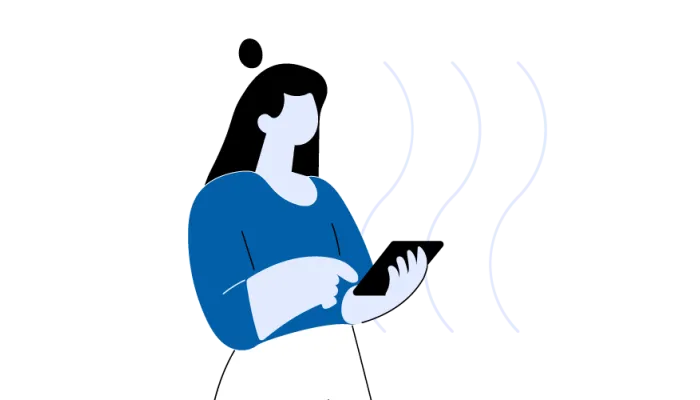Thinking about getting an air source heat pump for your home? Modern, cold-climate heat pump technology is a great solution for energy efficient heating and cooling in our climate. Before installing a heat pump, make sure that your home is ready, and you understand how the new system will operate. This will help you enjoy the full benefits of a heat pump operating at maximum efficiency.
Make sure your home is well insulated and air sealed
Heat pumps are most energy efficient when they run slow and steady. Proper insulation and air sealing throughout the house will help achieve this.
Insulation and air sealing are part of the “building shell”, which protects the inside of the house from the outside elements. A leaky and uninsulated building shell will not hold onto conditioned air well, which forces heating and cooling equipment to work harder to maintain the set temperature.
An energy efficient home with proper insulation and air sealing does a superior job of holding onto conditioned air. This makes it easier for your heat pump to run efficiently. Plus, some energy efficient homes may be able to use smaller, less expensive heat pumps to meet their temperature needs.
If you are unsure about your home’s insulation, receiving an energy audit is a good tool to understand the quality of your home’s building shell. Homeowners living in houses built before 1980 are especially encouraged to get an energy audit, as homes built before that point were not subject to an energy code mandating insulation and air sealing. Insulation contractors, local energy efficiency programs (like Home Energy Squad), or pre-sale energy disclosure inspections (available in Minneapolis and Bloomington) are all good resources for energy audits.
Making necessary energy upgrades before installing a heat pump will help extend the life of the system and make sure it’s operating at maximum performance. Resources are available to make these upgrades easier. Visit the Minnesota’s Department of Commerce to help find options for financing, rebates, and incentives for making energy improvements.
Learn how your new system operates
Another important factor in getting your home ready for a heat pump is making sure everyone in the home understand how it works. Having good information about how heat pumps operate will help achieve the comfort and performance you want.
Heat pumps deliver a slow flow of warmed air for longer periods of time. This is different from how traditional furnaces work, which tend to deliver hot air for shorter periods of time. With this slow and steady operation, heat pumps consistently keep a home at the set temperature while maintaining efficiency. Leaving the heat pump in auto mode or frequently changing the thermostat setting can compromise the heat pump’s efficiency. To achieve ideal performance, it is important to set the system to either cooling or heating and find an agreeable, “set it and forget it” temperature on the thermostat. This allows the heat pump to do its work undisturbed.
Setting the thermostat back to save energy during unoccupied times is a common energy-saving practice based on traditional heating and cooling systems. However, with heat pumps, setbacks over three degrees can start to degrade energy savings. A setback temperature of more than a few degrees forces the heat pump to work much harder and use more energy to “catch up” to the new set temperature. If the heat pump can’t catch up quickly enough during the heating season, the system may kick in the backup heat. This pattern can be expensive if the backup system uses propane or electric resistance. Letting the heat pump run consistently at the roughly the same set temperature will save energy and protect the equipment.
Looking for more guidance?
To learn more about heat pumps, continue exploring News & Case Studies or visit the FAQs page. If you have further questions, contact us at info@mnashp.org.
Author
Connect with a local contractor


